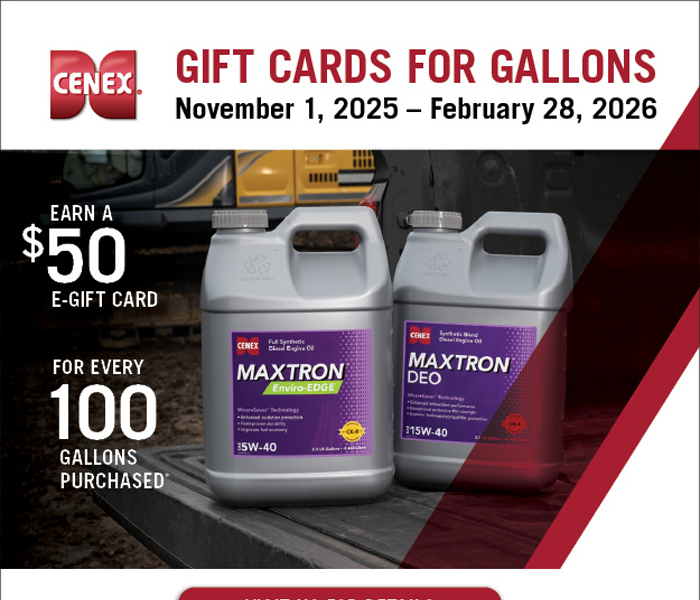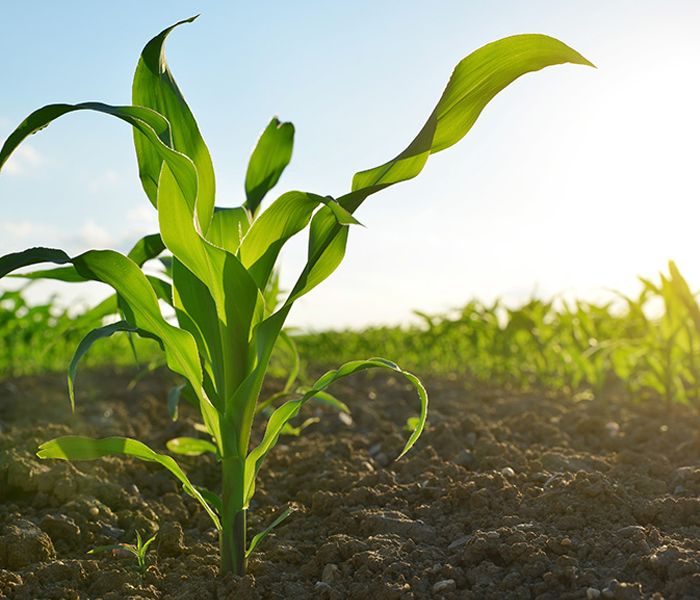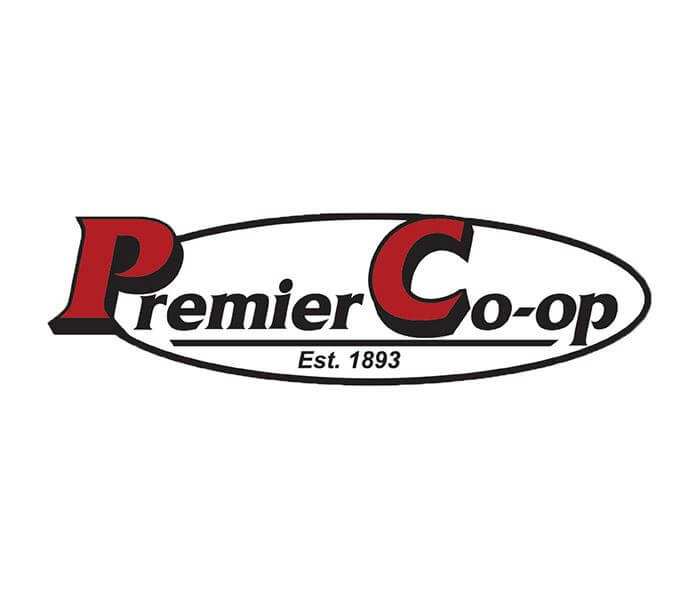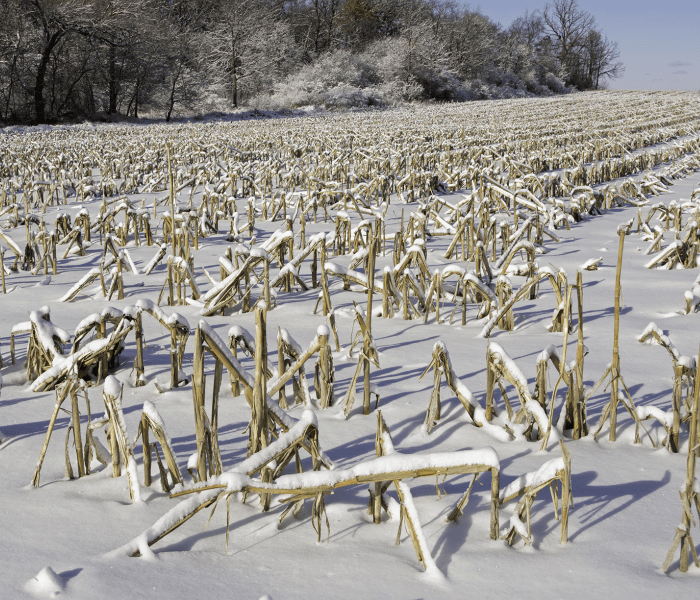Worth the investment.
When deciding whether or not to apply a fungicide, a grower has many things to consider. First on the minds of most farmers is, "Will it pay me back my investment?” Our most recent Answer Plot data suggests that in most cases it will and with the increased presence of tar spot around the state the number of fungicide applications where no benefit was shown have declined significantly. The R1 growth stage application has been the most profitable and is our recommendation whenever possible. However, many parts of the state struggle with aerial applications, so when that is the case, our data has shown us that a mid-season V10 application will still provide a healthy return. All applications in the above replicated data would have included MasterLock® adjuvant for reduced drift and increased penetration of the lower canopy levels. Regardless of application timing, it is our recommendation that when applying a mid or late season fungicide, a product with a minimum of at least two (preferably three) modes of action be used to effectively combat modern corn disease pressures.
Some of the benefits to a fungicide application include:
- Protection against foliar pathogens
- Increased late season plant health which leads to increased grain fill and yield
- Protection against insect damage (when an insecticide is included)
- The ability to augment short-term nutrient deficiencies (when a foliar feed product is included)
- The potential to increase stalk health by reducing the number of plant stress factors
We know that fungicides are not directly effective on stalk rot diseases, but the plants do possess the ability to combat these pathogens on their own through natural plant defense mechanisms. Certain genotypes are better at this than others, but in any case, the plant’s ability to express these defense genes and fight off invading stalk rot diseases is reduced when additional stress factors are added to the plant such as the presence of one or more foliar pathogens. The image on the right shows a healthy stalk from a plant that was treated with a fungicide (left) at the VT growth stage versus the stalk of a plant from a skipped area that did not receive a fungicide (right). As you can see, the plant on the right was unable to combat the invading fusarium and suffered major losses in both stalk integrity and yield which resulted from the plant’s inability to transport sugars up and down the stalk. This particular field included multiple fungicide skips that expressed the exact same conditions in each location.
Contact your local Premier Agronomist for more information on fungicide and its benefits.




